Fragments of Space
Fragments of space leave behind their own narrative of what has been. Within the images is the link of the planned function, or expectation, of these spaces with the contemporary use made of them. The present can often refer to an historical reality, now superseded. In my photographs, the contemporary reality is challenged by former intentions, but this can work both ways, with past ideology asking questions of the present.
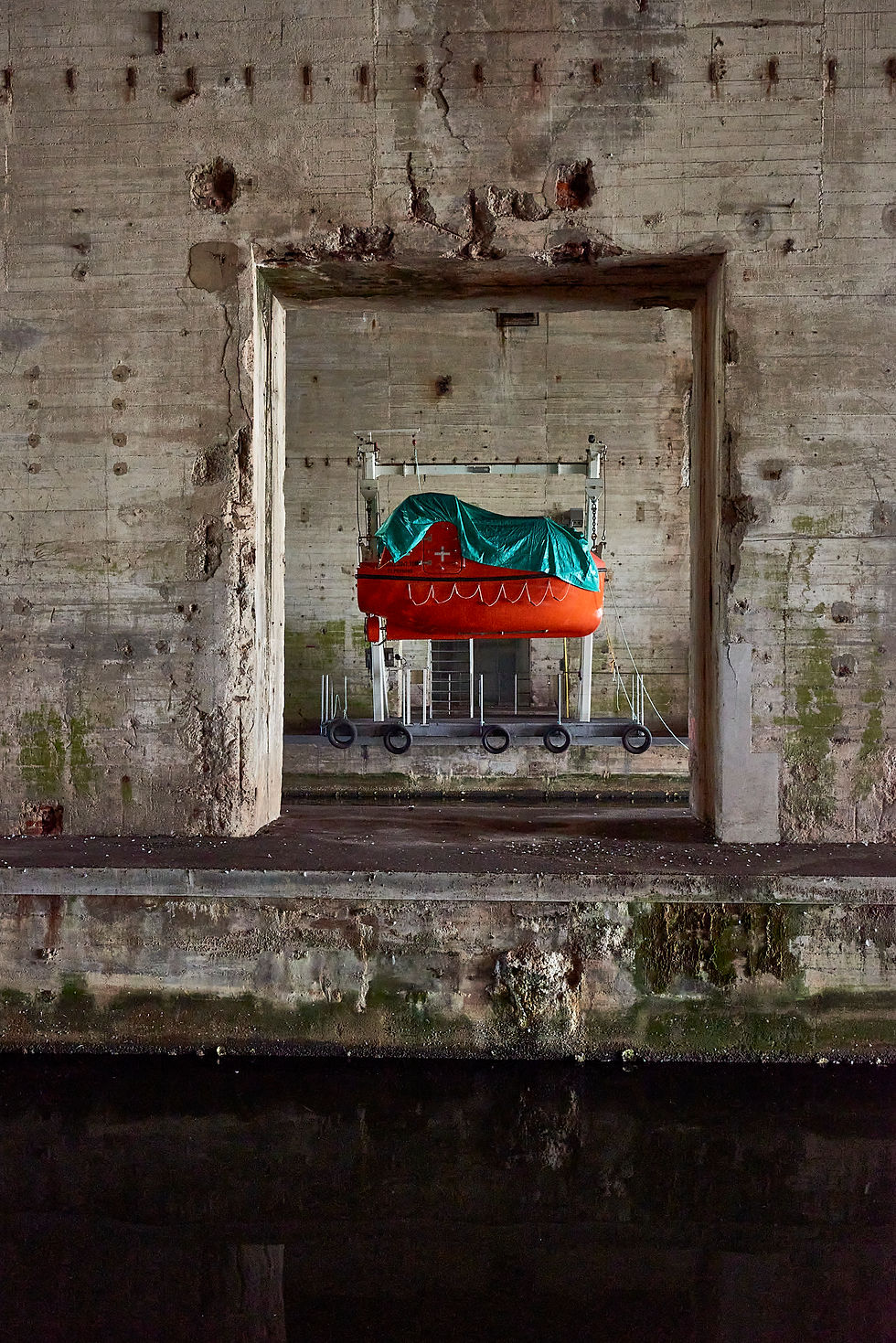
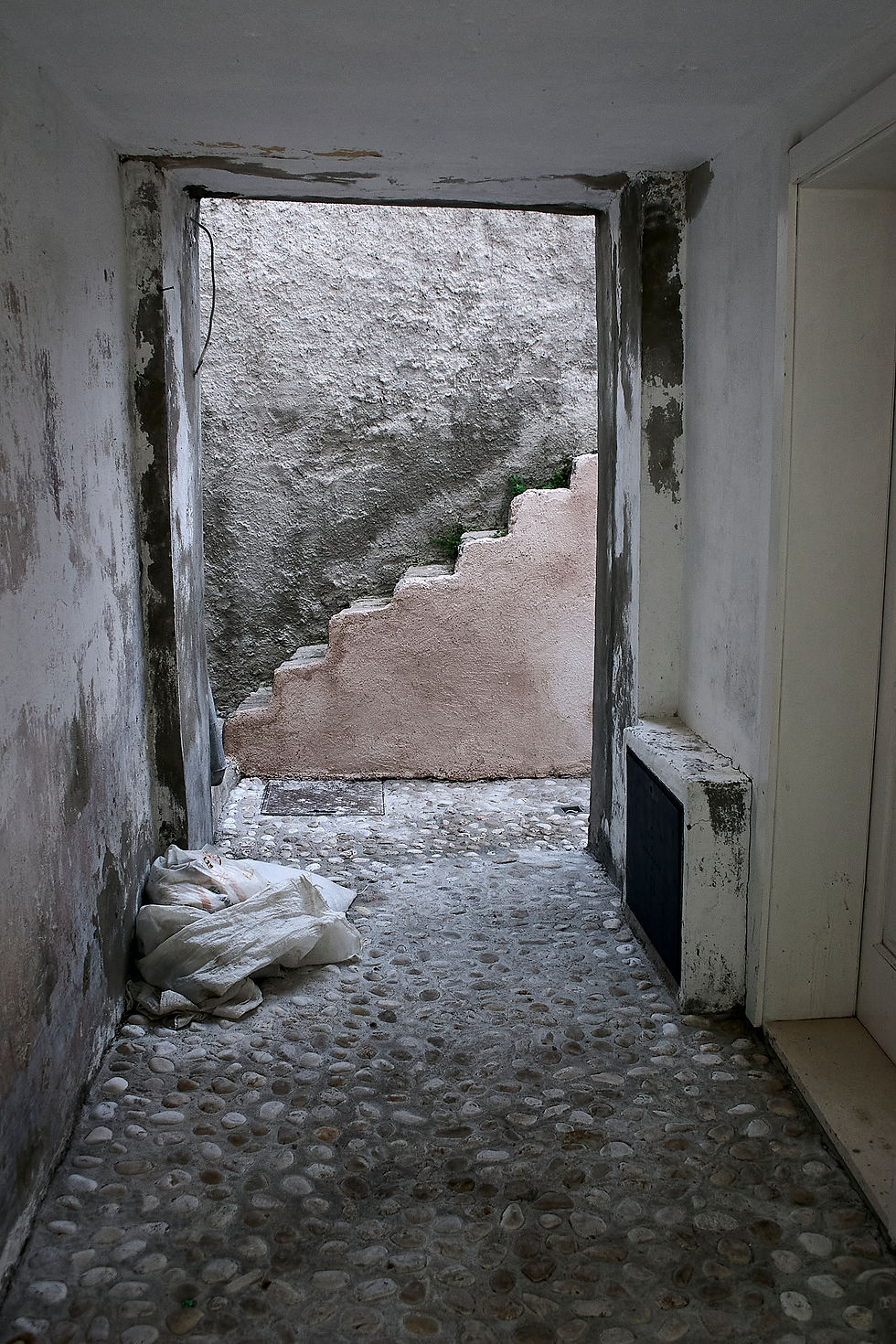
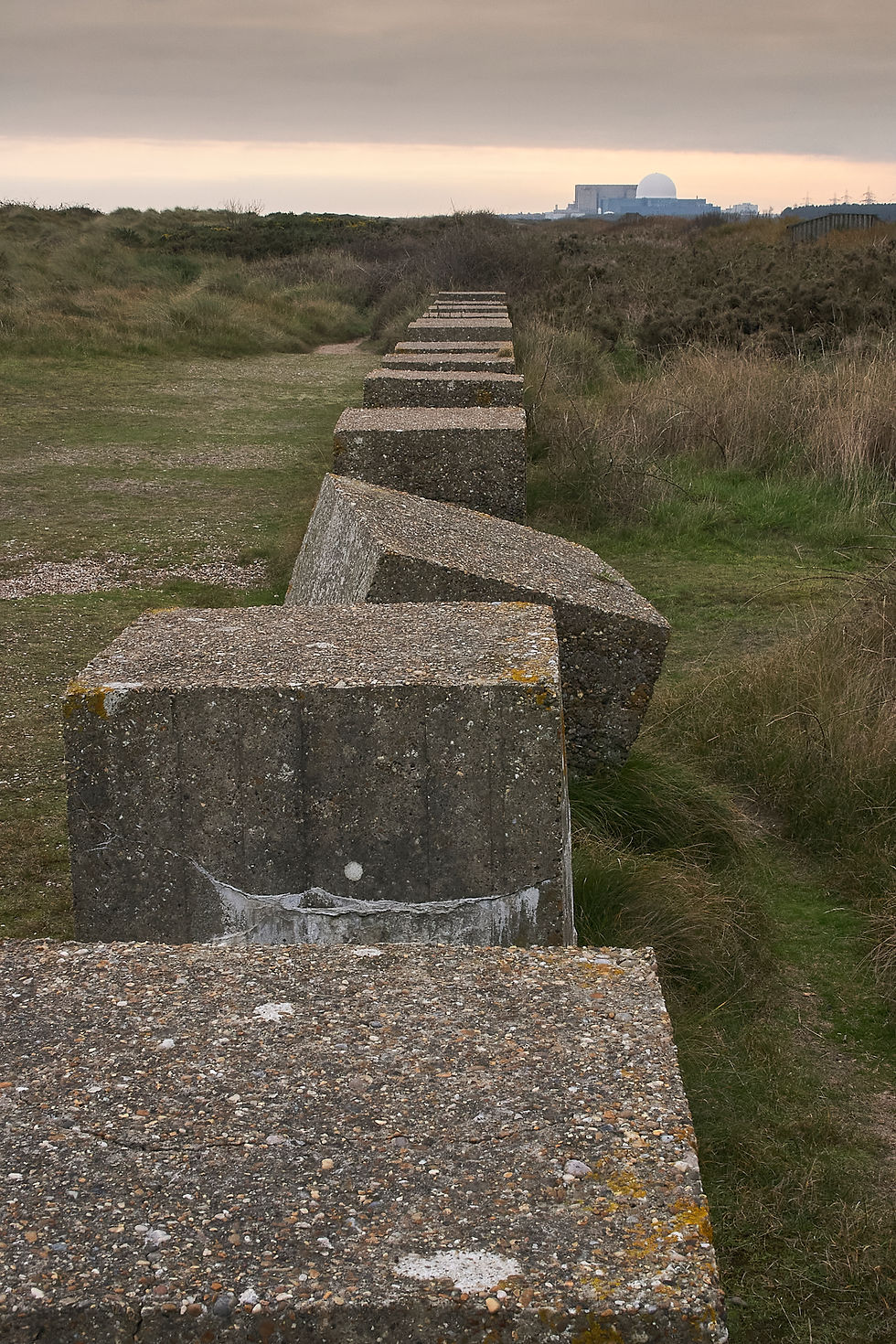


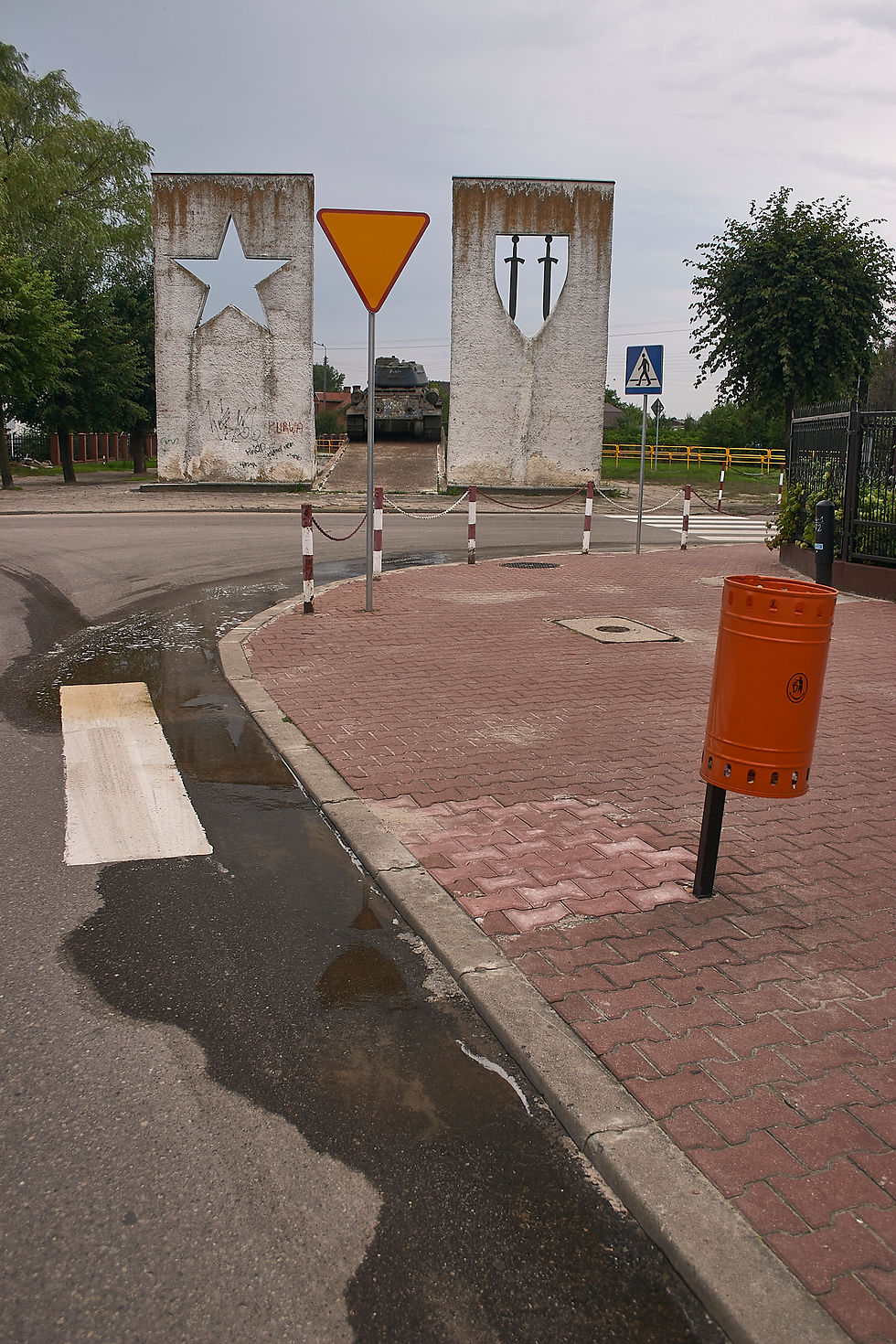
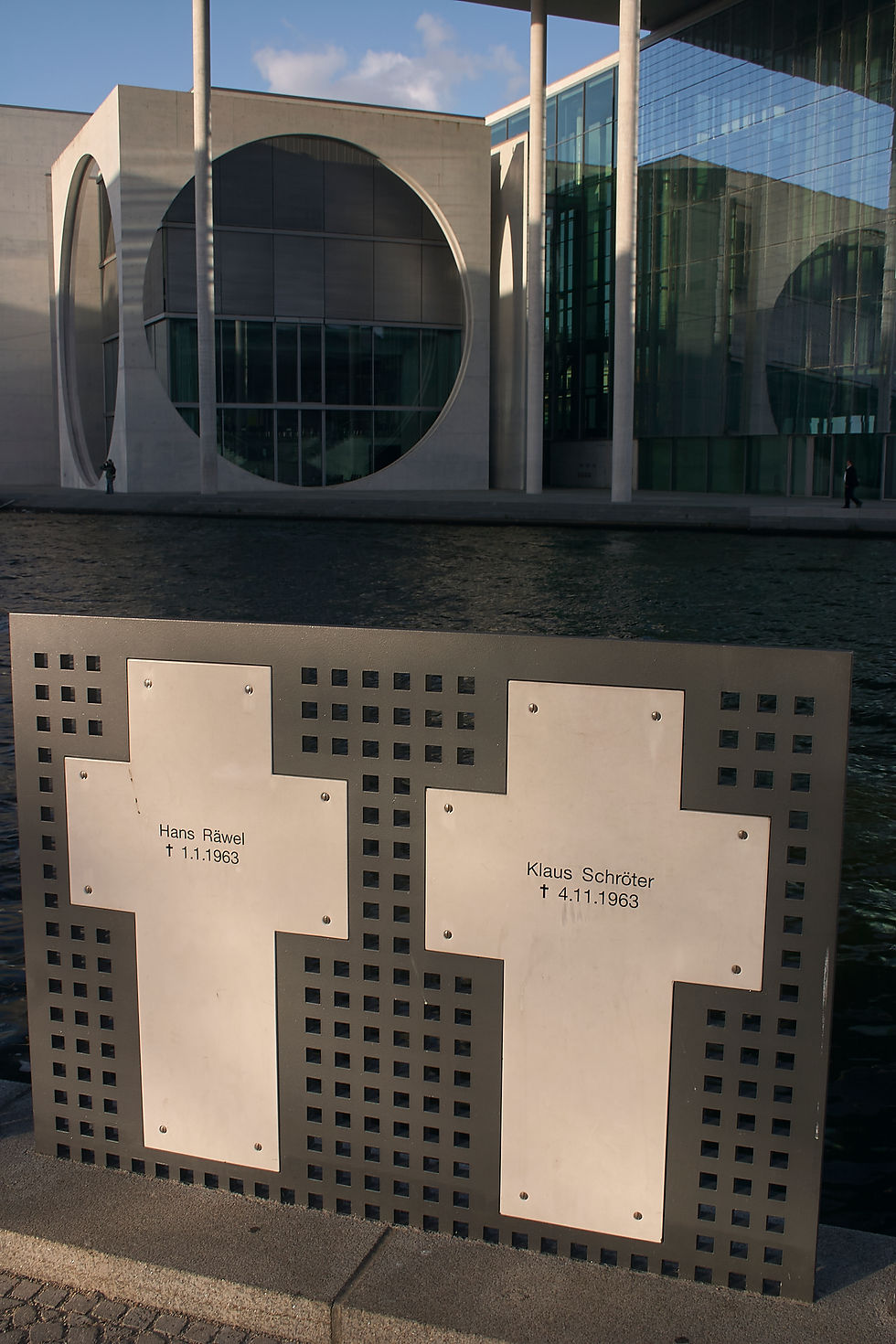
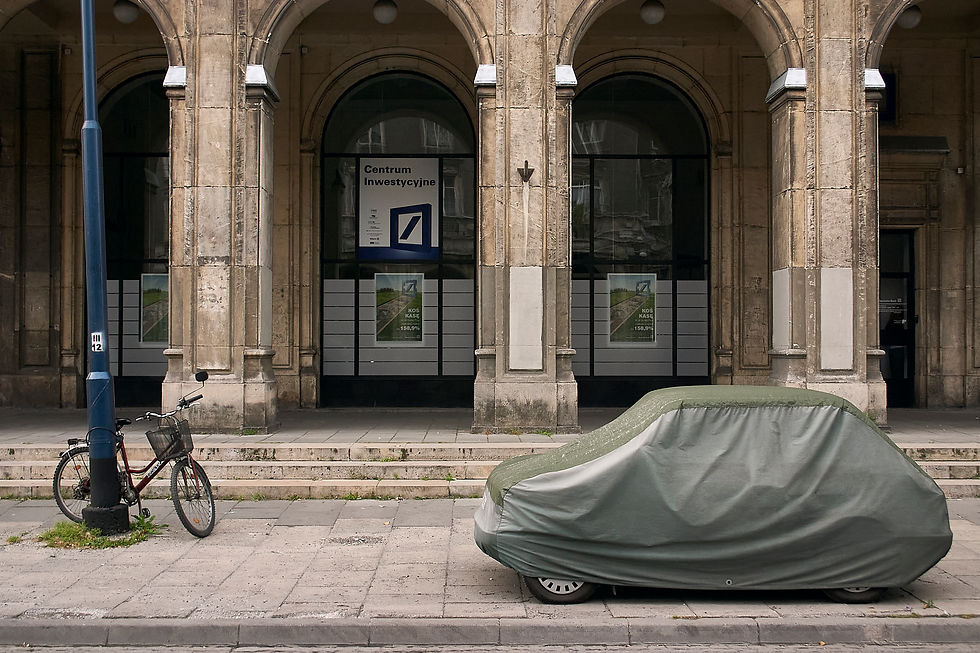

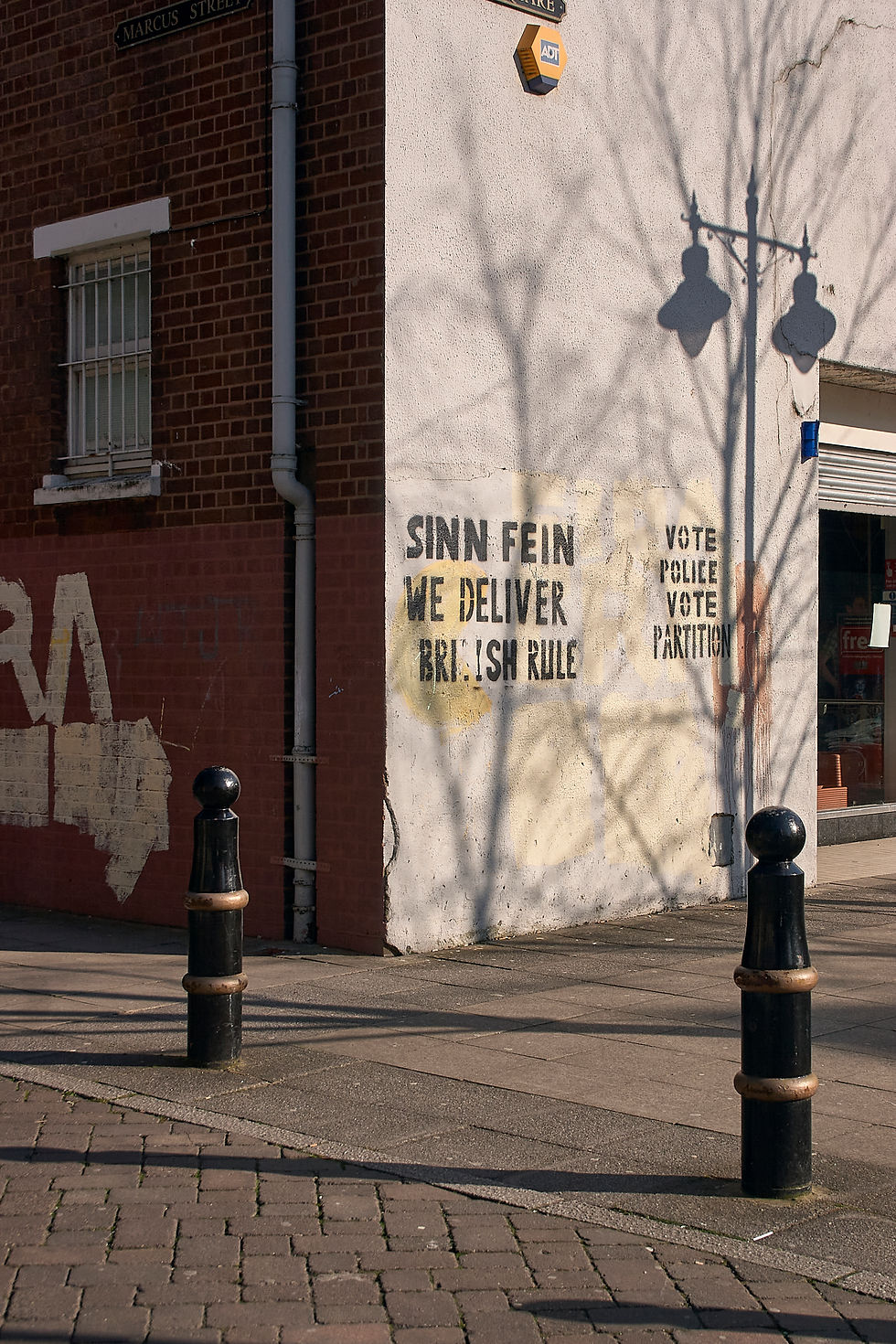
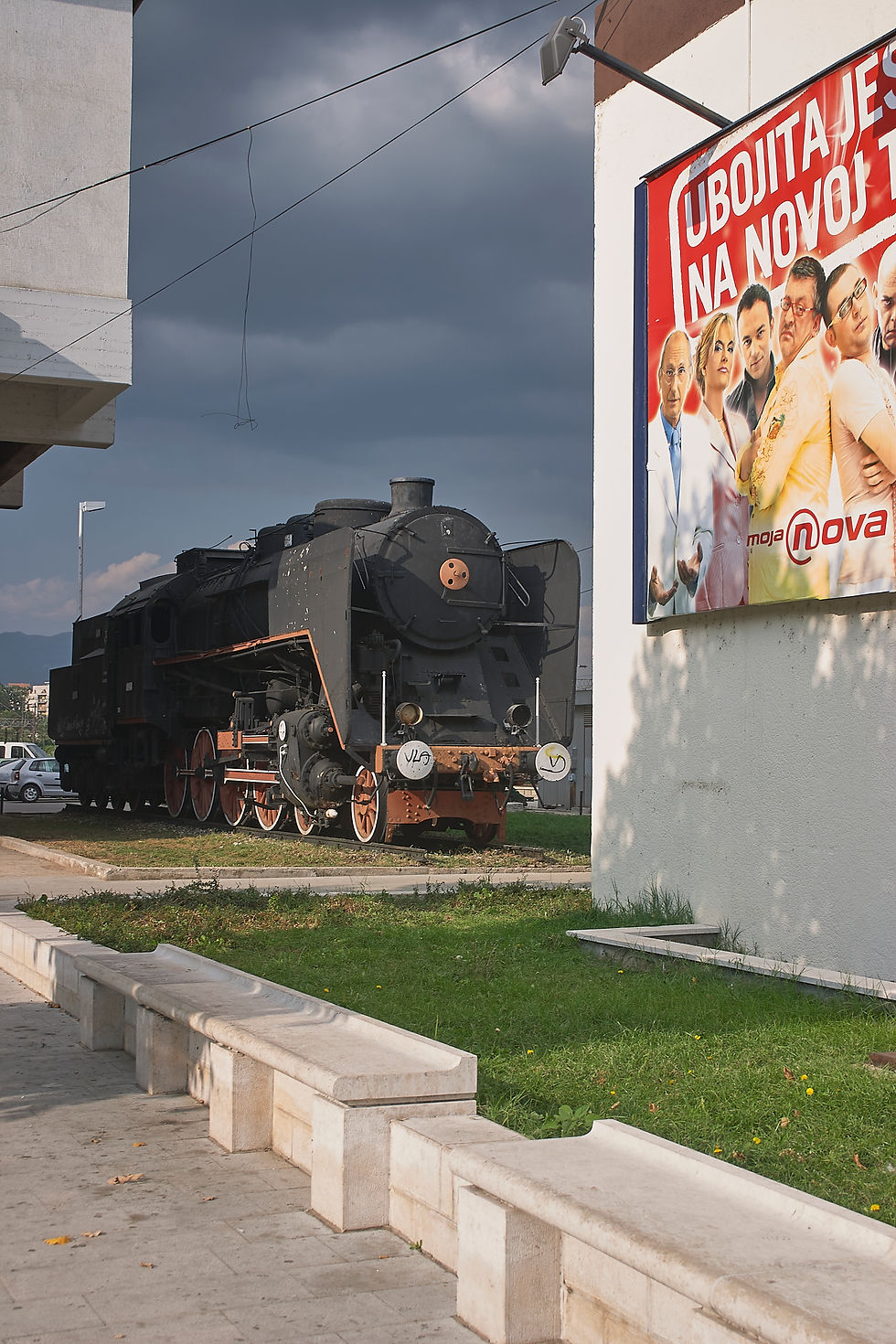
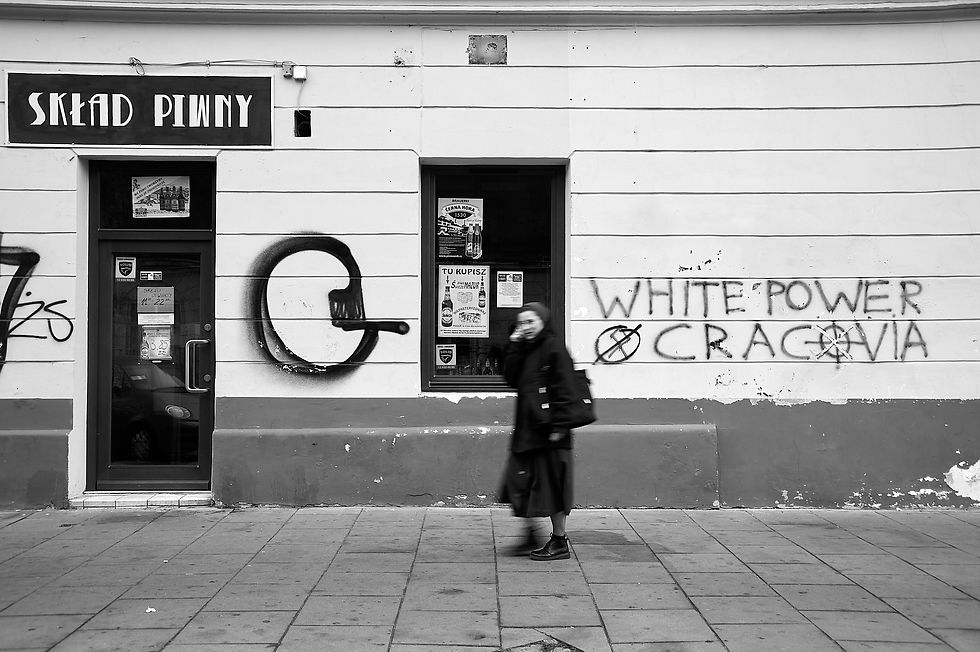



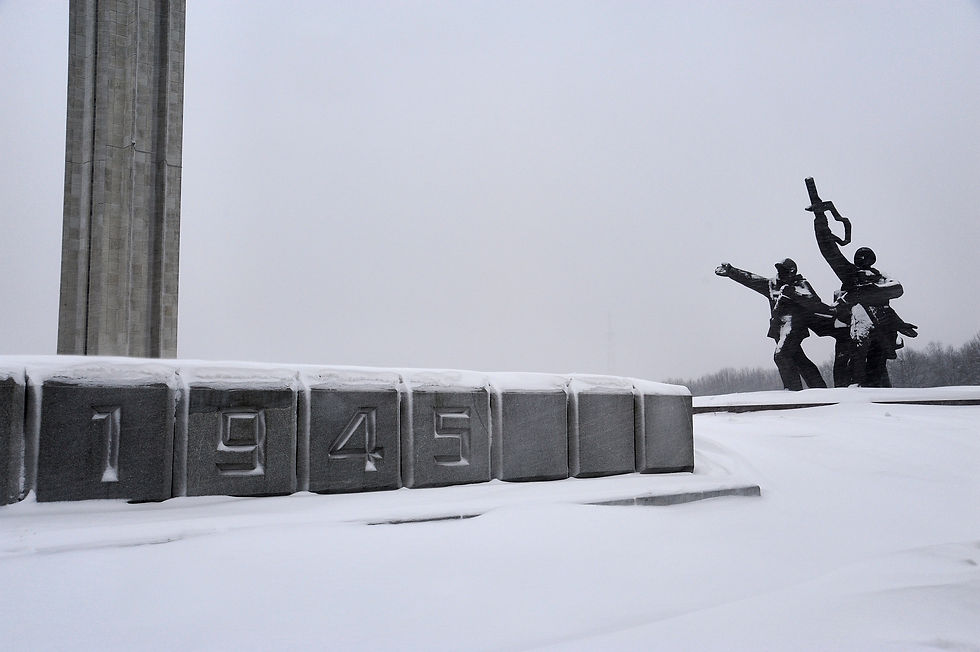
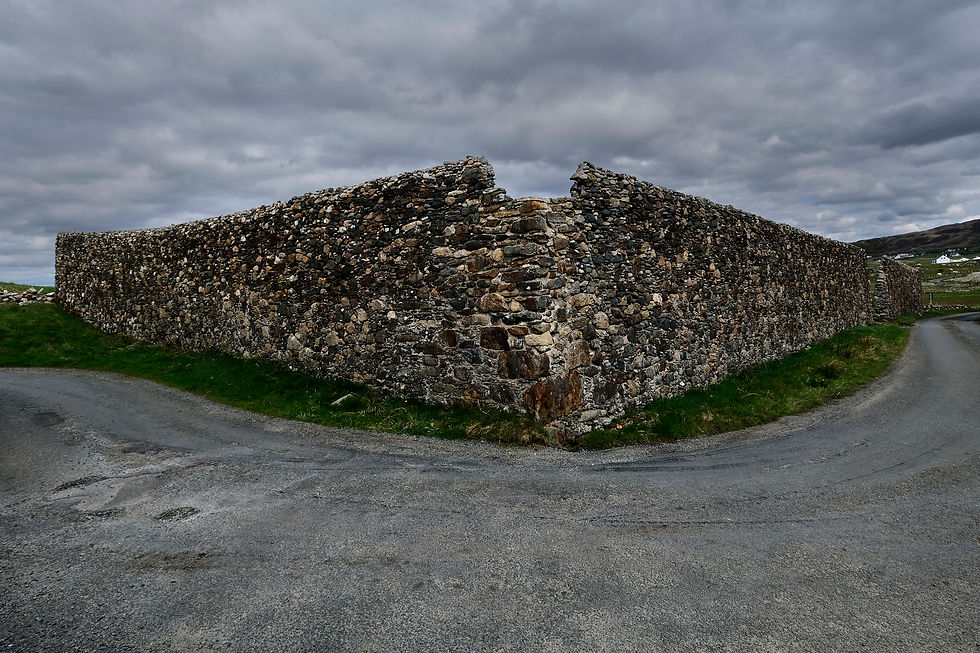


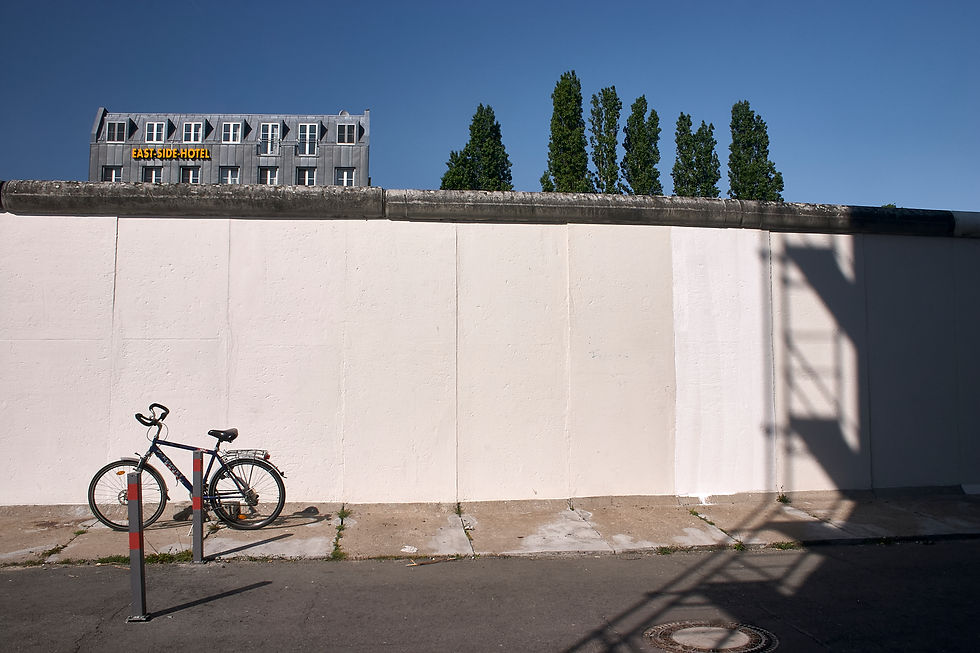




Fragments of Space
FOS 1 Kazimierz, Krakow, Poland. 2011. Old Jewish Quarter
FOS 2 Nowa Huta, Poland. 2011. Town ‘donated’ by Stalin to Poland after WW 2
FOS 3 Cabo Fisterra Spain. 2008. The Celts engaged in sun worship and other rituals at an ‘Alter Soli’ on Cape Finisterre which the Romans believed was the end of the known world.
FOS 4 Dom Luís 1 Bridge, Porto, Portugal. 2008. Designed and built by Gustave Eiffel’s Company in 1877
FOS 5 Ghetto Wall, Podgórze, Krakow Poland. 2009. Remains of the wall containing the ghetto after Jews in Krakow were moved out of Kazimierz.
FOS 6 Argelès-sur-Mer, France. 2010. Spanish Republican refugees were kept in a concentration camp established here in February 1939. There were no latrines, running water, huts or any kind of shelter Diseases were prevalent but doctors were not allowed any supplies or equipment. Food was thrown over the wire into the compound by French officials Many of those interned were Spanish Republican soldiers who had been defending the democratically elected government from Franco’s Fascists.
FOS 7 Jewish Literature Festival Poster, Kazimierz, Krakow, Poland. 2010.
FOS 8 Kaunas Fort, Lithuania. 2015. During Nazi occupation, the 19th Century Ninth Fort was a place of mass murder and 45,000 to 50,000 Jews, most from Kaunas and largely the Kovno Ghetto, were transported here and murdered by Nazis and Lithuanian collaborators in what became known as the Kaunas massacre of 1941.
FOS 9 Cisnadioara church, Sibiu, Romania. 2016. 800 year old Transylvanian fortified church, a memorial site for German and Hungarian soldiers who fell during the First World War in September 1916 during the Battle of Sibiu and the Battle of Turnu Rosu.
FOS 10 Security Prison 21 (S-21) Cambodia. 2018. Tuol Sleng in Phnom Penh was a former secondary school building converted, by the Khmer Rouge whose leader was Pol Pot, into an interrogation and torture centre in 1975. 14,000 people were imprisoned here, the vast majority of whom were killed. The number of survivors after 1979 is considered to be fewer than 30. In late December 1978, Vietnam launched an invasion of Cambodia, and brought the notorious regime to an end on 6th January 1979.
(Information from the Documentation Centre of Cambodia, 2011)
FOS 11 Leningrad Piskaryovskoye Memorial Cemetery. 2010. On the outskirts of St Petersburg, formerly Leningrad, is the burial site of the approximately 420,000 civilians and 50,000 soldiers in 186 mass graves. Over 641,000 died of starvation in the 900 day Siege of Leningrad by German forces, between September 4, 1941, and January 22, 1944.
FOS12 Serbian Orthodox Church, Knin. 2006. Some women had just returned to clean and begin renovation of the 18th century Serbian Orthodox Church of the Intercession of the Holy Virgin, in 2006. Most Serbs fled in 1995.
Hajduk Split is a Croatian professional Football club but historically the Serbian hajduks were guerrillas (or bandits) who opposed Ottoman rule in the Balkans
FOS 13 Steps to the Town Wall, Dubrovnik. 2016.
FOS 14 Red Army Memorial, WW 2, Poland. 2007.
FOS 15 Nowa Huta, Poland 2007. See FOS 2.
FOS 16 Old East West Berlin Border. 2007. East Berliners tried to get to West Berlin by attempting to swim across the river.
FOS 17 Sizewell Power Station, UK. 2007. Tank obstructions from WW 2, with the nuclear power station in the distance
FOS 18 Renovating Synagogue, Riga. 2008. The synagogue being refurbished.
FOS 19 Newry, N Ireland. 2008.
FOS 20 Berlin Wall. 2011. Fragment of the Berlin Wall, which divided the city until 1989.
FOS 21 Red Army Memorial, Latvia, WW 2 memorial. 2010.
FOS 22 Battleship Aurora, St Petersberg, formerly Leningrad. 2010. In 1905, the cruiser entered the first battle of Tsushima in the Russian-Japanese war. During the First World War, the cruiser actively participated in the battles on the Baltic Sea.
In 1917, the ship’s crew supported the revolutionaries in the February and October events. It was a shot from the Aurora that was the signal for the beginning of the storming of the Winter Palace.
FOS 23 Famine Wall, Maghery nr Dungloe Ireland. 2017. The landowner employed labourers, at 1d per day pay, to build the 3 metre high wall as work relief to help alleviate starvation in the famine of 1847. The British government refused to support the landowner who ended up footing the £1,500 cost. Incidentally, Dungloe is in Donegal, the historic seat of the O’Donnell clan.
FOS 24 U Boat Pen France. 2008. The Submarine Base was built, in St Nazaire, in just 16 months in 1941-42, by the occupying Germans to house some of their U boats allowing easy access to the Atlantic. Solidly built it was indestructible in WW2. Although cut off from 1945, it did not surrender until 11th May 1945.